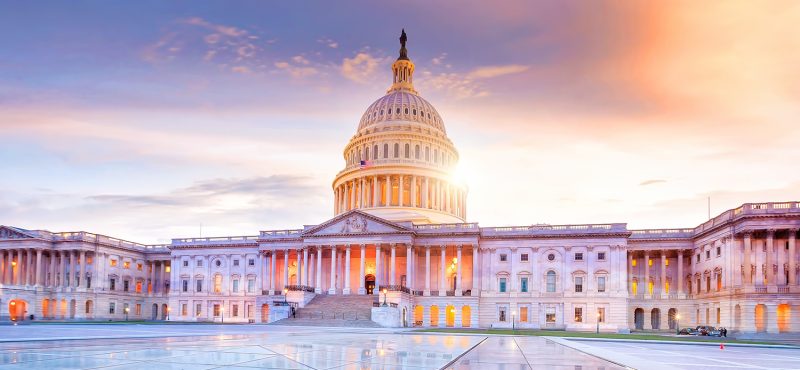After months of hearing about a new infrastructure bill rumbling its way through Congress, the U.S. House of Representatives finally passed a bipartisan infrastructure package on September 30. The $1.5 trillion Infrastructure Investment and Jobs Act, designed to refurbish the nation’s roads, railways, public transit, power grids, and water systems, will also include $65 billion for broadband, aimed at connecting the unserved parts of America and support for low-income families.
During a global pandemic that moved education and work online for millions of Americans, Congress recognizes that broadband is a critical tool for children and adults, alike. While the new infrastructure bill seeks to connect more Americans to broadband, the bill itself can be a bit confusing, with funding coming from a range of different programs and grants. What does all of this mean for consumers? In a nutshell, there is a lot of good news for consumers, including for those who live in underserved areas that lack connectivity, as well as affordable options for high-speed broadband subscriptions for eligible families.
In our efforts to demystify the bill, here are the key takeaways for broadband—and why this matters for millions of Americans.
The Broadband Equity, Access, and Deployment Program
This program provides grants to states and territories to expand broadband service. The grants will prioritize unserved areas where at least 80% of the population lacks access to high-speed broadband, together with areas of persistent or high poverty. The broadband provided must possess a minimum speed of 100/20 Mbps, serve all customers that want it, and offer at least one low-cost service option.
The Digital Equity Program
This program also awards grants to states—in this case to promote digital equity and inclusion. Financing will be provided to state and local agencies, tribal, non-profit, educational institutions, and other orgs to support efforts to achieve digital equity, promote digital inclusion, and spur broadband adoption. There is a special focus on older populations, incarcerated individuals, veterans, those with disabilities, and individuals with language barriers.
The Affordable Connectivity Program
In May, the Federal Communication Commission launched the Emergency Broadband Benefit (EBB), designed to provide eligible families with a credit of up to $50 per month for discounted broadband service ($75 on tribal lands), plus a discount of up to $100 to purchase a connected device. The Affordable Connectivity Program (ACP) will make this temporary benefit permanent, while reducing the monthly benefit on non-tribal lands from $50 to $30. Participating providers will also be required to inform consumers about the ACP when subscribing or renewing subscriptions.
ReConnect
Additional funding will be directed to the USDA’s ReConnect Program, which provides loans and grants for the acquisition of facilities and equipment needed to provide broadband service in rural areas. The definition of unserved areas will also increase, which will allow the program to reach more people.
According to Michael Powell, president & CEO of NCTA – The Internet and Television Association, the legislation addresses two critical challenges: first, a focused effort to prioritize and build infrastructure in areas without service, and second, government programs to help low-income Americans subscribe to—and use—this critical service. “Our industry looks forward to being a productive partner in the effort to close existing digital gaps and to continuing our ongoing investment in networks that will speed our country on the path to 10-gigabit speeds,” Powell concludes.
Our nation’s infrastructure affects all of us—and we can all play a role in making positive change. To find out how you can become a partner in our efforts to bring high-speed broadband to all of America, click here.
